Science & Environment
In pictures: Drones take whale science to new heights
- 30 May 2015
- Science & Environment
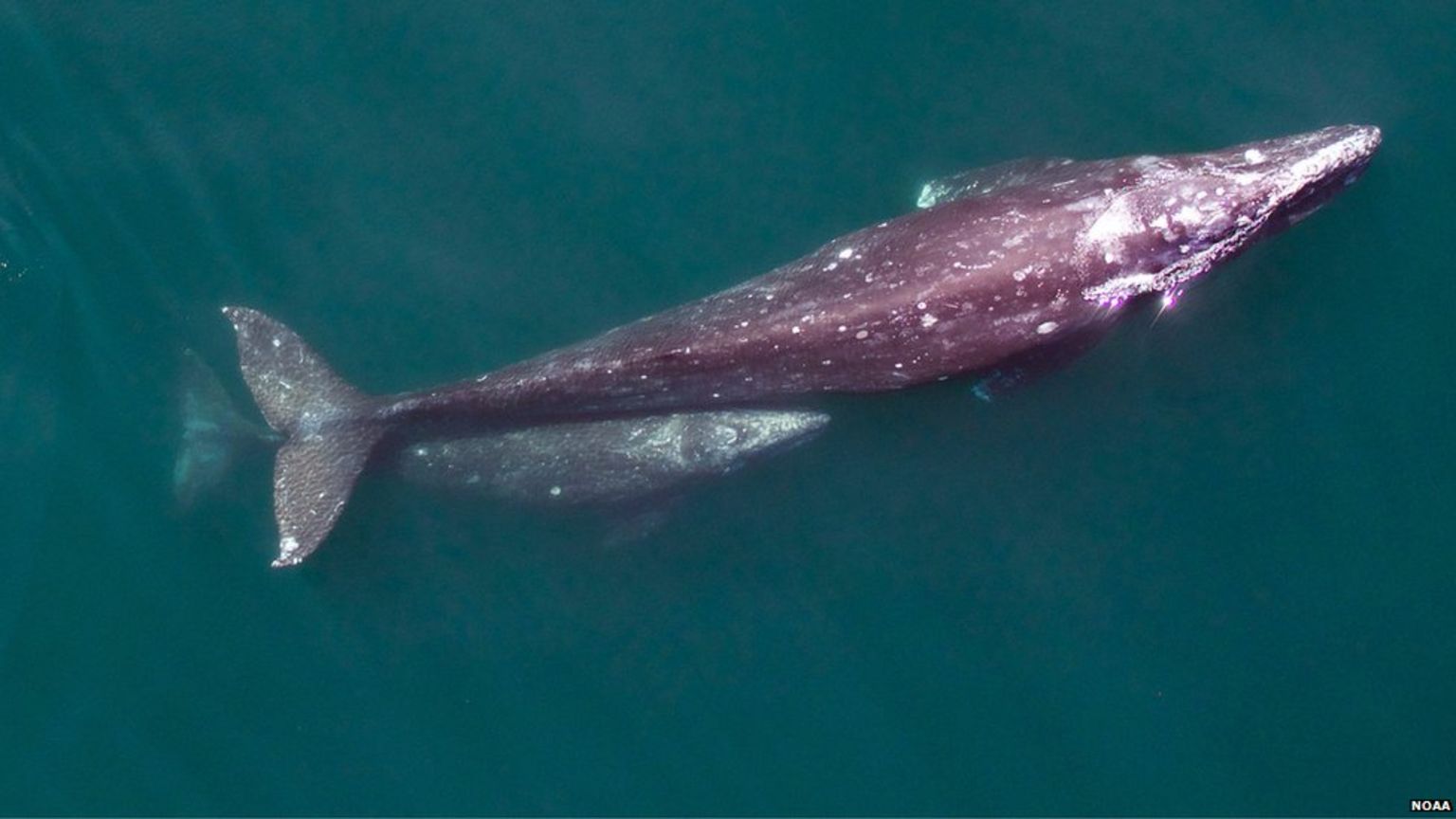
Instead of standing on the shore with binoculars, scientists are turning to drones to monitor wild populations of whales off the US coast.
A hexacopter hovers 40m or more above the ocean, kitted out with a high-resolution camera to record valuable images of these huge beasts.
Researchers can use these pictures to count the whales, but also to study their health and their behaviour.
This will allow a thorough survey of the gray whales living off California.
"We can't put a gray whale on a scale, but we can use aerial images to analyze their body condition - basically, how fat or skinny they are," said John Durban, a marine mammal biologist at Noaa Fisheries.
Gray whales reach up to 15m in length and can live for more than 50 years. The amount of fat that they carry is crucial - especially for a mother nursing a calf.
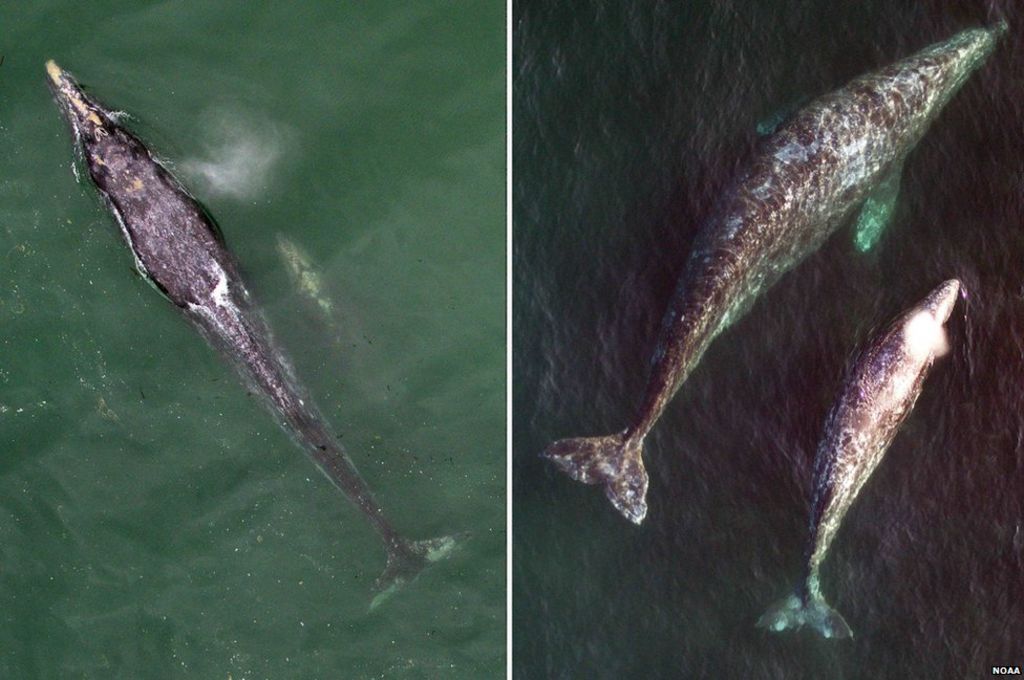
This is because the beasts don't eat during the long months they spend migrating. So they need a healthy stock of blubber if they are to reach their summer feeding grounds in the Arctic.
Studying the animals from the air allows Dr Durban and his colleagues to compare their size, between different animals but also over time.
"By studying the body condition of females, we hope to connect the dots between conditions in the Arctic one year and calf production the next," he explained. "Ultimately, we're trying to understand how environmental conditions affect the reproductive success of the population."
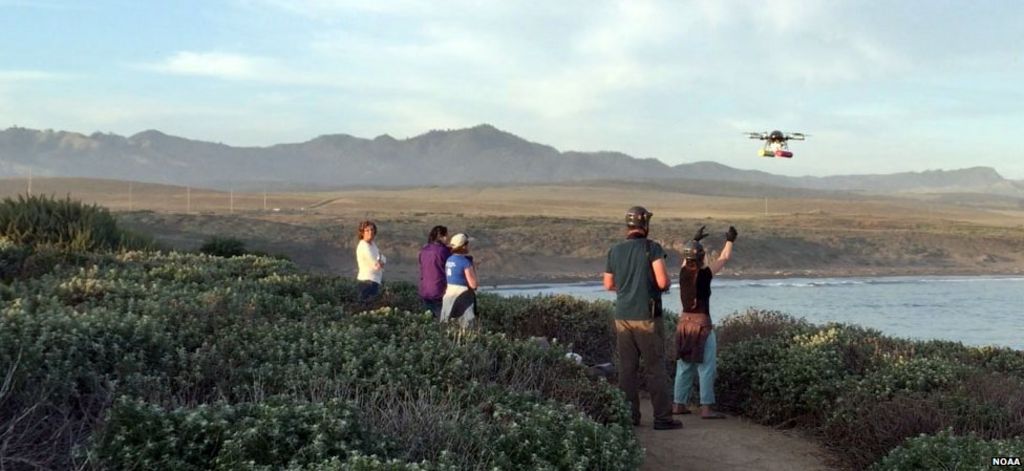
These whale were hunted nearly to extinction but after legal protection was introduced in the second half of the 20th Century, they recovered. In 1994, the Pacific population of gray whales officially came off the US endangered species list.
This makes them a valuable subject for research - since most other large whales are still threatened or endangered, there are very few opportunities to see how larger populations interact with each other and their environment.
"With gray whales, we're just beginning to understand what a recovered population of large whales looks like," said Dr Durban.
The team has also used drones to look at killer whales off the coast of British Columbia, in Canada.
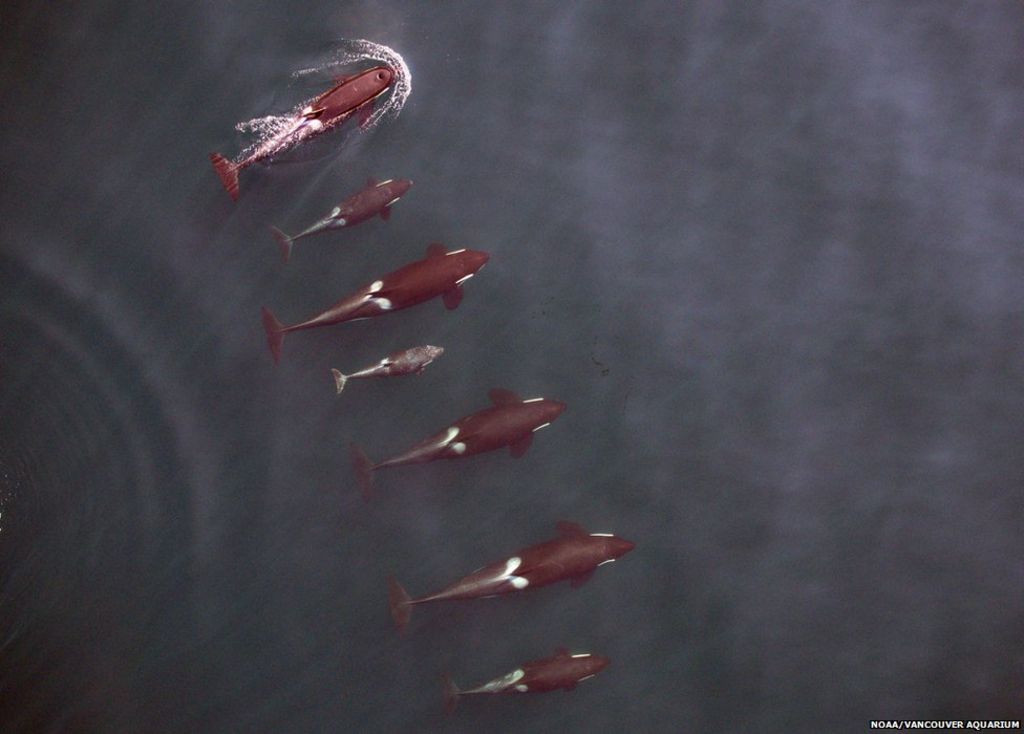
The height of the hexacopter is a key concern, because whales and other marine species are sensitive to disturbances in their environment. So the contraption is fitted with a precise altimeter to monitor how high it is. That helps with analysing the pictures, but also means it can keep a safe distance.
The researchers keep their drone at least 40m above the water, and flying at that height requires a special research permit. For amateur drone or wildlife enthusiasts, regulations require a minimum distance of at least 300m.

- Big whales have stretchy nerves to help them gulp
- Drones help aid relief in Nepal
- Gray whale makes record migration across North Pacific
- Where you can and can't fly a drone
- California blue whales bounce back to near historic numbers
- Can drones help tackle Africa's wildlife poaching crisis?
- Scientists count whales from space

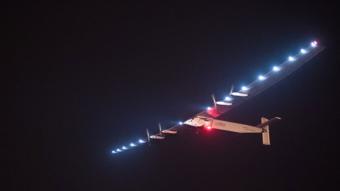
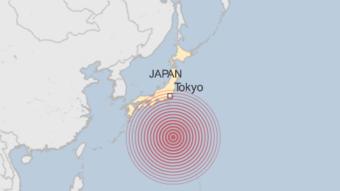








No comments:
Post a Comment
Please leave a comment-- or suggestions, particularly of topics and places you'd like to see covered